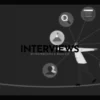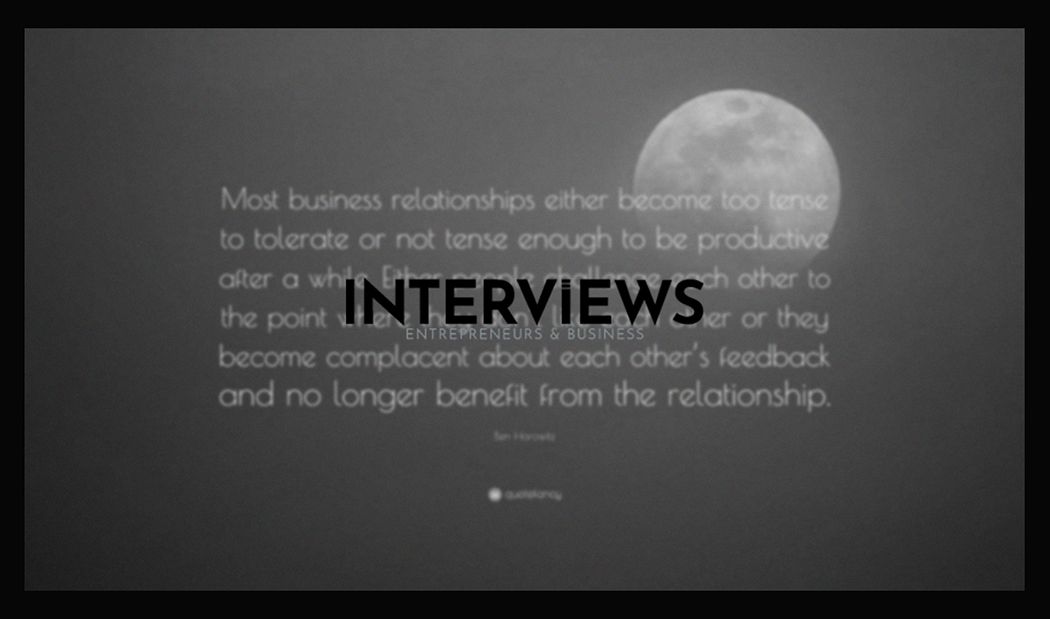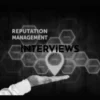Decoding the Uncomfortable Truths of Business with Ben Horowitz
Business books often make things sound easier than they are. They suggest entrepreneurship is simple. But what happens when you’re facing tough problems? “The Hard Thing About Hard Things” by Ben Horowitz provides a different perspective. It serves as a survival guide for tough entrepreneurship.
The Uncomfortable Essence of ‘Hard Things’
Why are hard things so challenging? Horowitz explains it well. Easy answers do not exist. Toss those ‘5 simple steps to success’ guides. Real business problems lack simple solutions. “Hard things are hard because there are no easy answers or recipes,” Horowitz says plainly. He’s almost inviting you to cope. Emotions often clash with logic, making decisions more difficult. “They are hard because your emotions are at odds with logic.” This internal struggle defines tough decisions. Plus, admitting confusion feels weak. You’re lost in new territories, unsure of your direction. “They are hard because you don’t know the answer and cannot ask for help without showing weakness.” Horowitz shows this uncomfortable truth without hesitation.
Who Should Brave These Hard Truths?
Who should read this book? Many believe it’s a must for leaders. “This is easily one of the essential books every business leader should read if they’re looking for proven and honest management advice.” It’s like business leadership 101 from someone who’s been there. Entrepreneurs should also pay attention. “The Hard Thing About Hard Things” offers practical advice for leaders in tough situations. It’s as if a wise mentor shares honest, valuable insights directly with you. If you’re a startup leader, this book serves as your secret weapon. “Hard Things” provides an insider’s view on leading and scaling a startup. It reveals the real struggles of building a company.
Core Themes: Navigating the Unpredictable
One key idea Horowitz emphasizes is that there is no magic solution in business. “One of the central themes in the book is the idea that there is no one-size-fits-all formula for business success.” People offering guaranteed success likely sell illusions. Thus, carve your own path through unknown areas. Tough decisions are not optional; they’re vital. “Horowitz underscores the importance of making difficult decisions.” Avoiding these choices is like skipping vegetables; it may feel good but has consequences. Resilience matters when storms arrive; it’s not just a nice trait. “Being resilient in the face of adversity.” Recovering from setbacks is as essential as having a business plan. Entrepreneurship is chaotic, and embracing that disorder is part of the journey. “Embracing the inherent unpredictability of the entrepreneurial journey.”
Practical Wisdom for Real-World Scenarios
More than theoretical ideas, Horowitz offers actionable advice. Every leader encounters sticky situations they dread. “The Hard Thing About Hard Things” gives guidance for leaders managing difficult business scenarios. He addresses uncomfortable leadership aspects bluntly. Need to lay off employees? You’ll find it covered. “, including laying off employees.” Are you navigating investor relationships? It’s included too. “, handling investor relationships.” Facing gut-wrenching company-defining choices? He outlines a framework for that as well. “, and making tough decisions.” This book serves as a practical toolkit for real business challenges.
Meet the Minds Behind the Wisdom
The author, Ben Horowitz, brings experience to his writing. “The Hard Thing About Hard Things” reflects his journey. He co-founded Andreessen Horowitz (a16z), a famous venture capital firm. “In 2009, they founded Andreessen Horowitz (a16z), which quickly became one of the most influential venture capital firms in the world.” He doesn’t just speak; he has lived through startup struggles and faced many challenges. Horowitz lives in Las Vegas with his wife, Felicia Wiley Horowitz, showing even tech leaders need leisure time. He recognizes Mark Cranney, a sales expert who significantly helped Opsware succeed. “Ben gives much credit to Mark Cranney, the head of sales, for turning Opsware’s fortunes around.” This indicates that strong leaders appreciate their teammates’ contributions.
Leadership Styles: Wartime vs. Peacetime
Horowitz discusses Wartime vs. Peacetime CEOs, a crucial distinction for different business climates. A Wartime CEO commands during crises, makes decisive choices, and acts firmly. “A wartime CEO must be willing to make tough decisions and act decisively in the face of crisis.” They make tough calls when issues arise. In contrast, a Peacetime CEO excels in stability, focusing on growth and team culture. “While a peacetime CEO focuses on growth and building a strong team culture.” It’s essential to know when to switch between these styles or determine your natural approach for effective leadership.
The Tightrope Walk: Accountability vs. Creativity
Horowitz explores the “Accountability vs. Creativity Paradox.” “Horowitz calls this the “Accountability vs. Creativity Paradox,” and it’s something every leader must grapple with.” It’s a balancing act between keeping people aligned and giving space for innovation. Too much accountability stifles creativity, creating fear of taking risks. “Employees who are given too much accountability without room to experiment will often feel stifled.” When the risk of failure outweighs learning opportunities, people avoid risk-taking altogether. “They won’t take risks because the consequences of failure are too high.” The goal is fostering an environment where accountability exists while encouraging experimentation, where failure becomes a lesson, not a career-ending failure. Ultimately, “The Hard Thing About Hard Things” acts as guidance through messy, unpredictable business leadership challenges. It’s an uncomfortable read but reflects reality in business management, making it invaluable.





